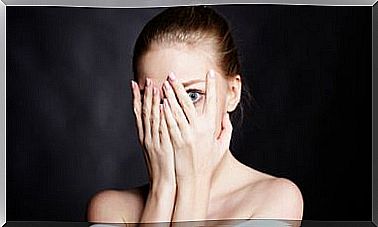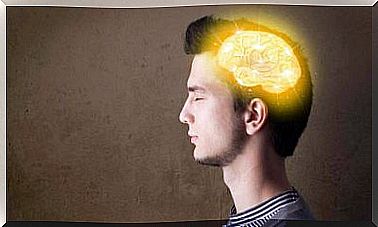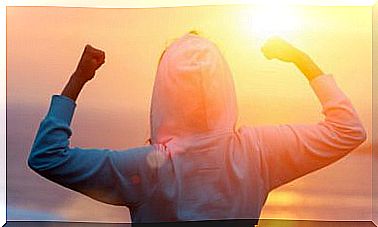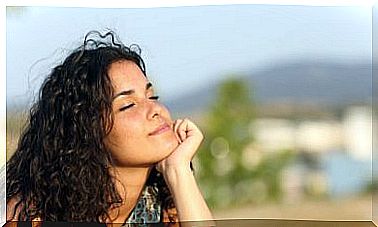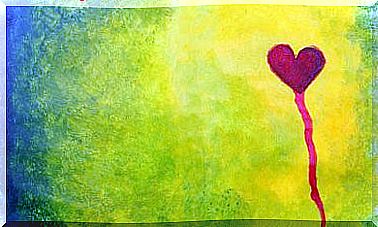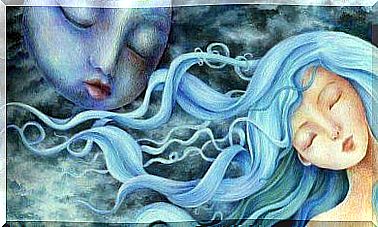When You Get Angry … You Don’t Get Any Uglier
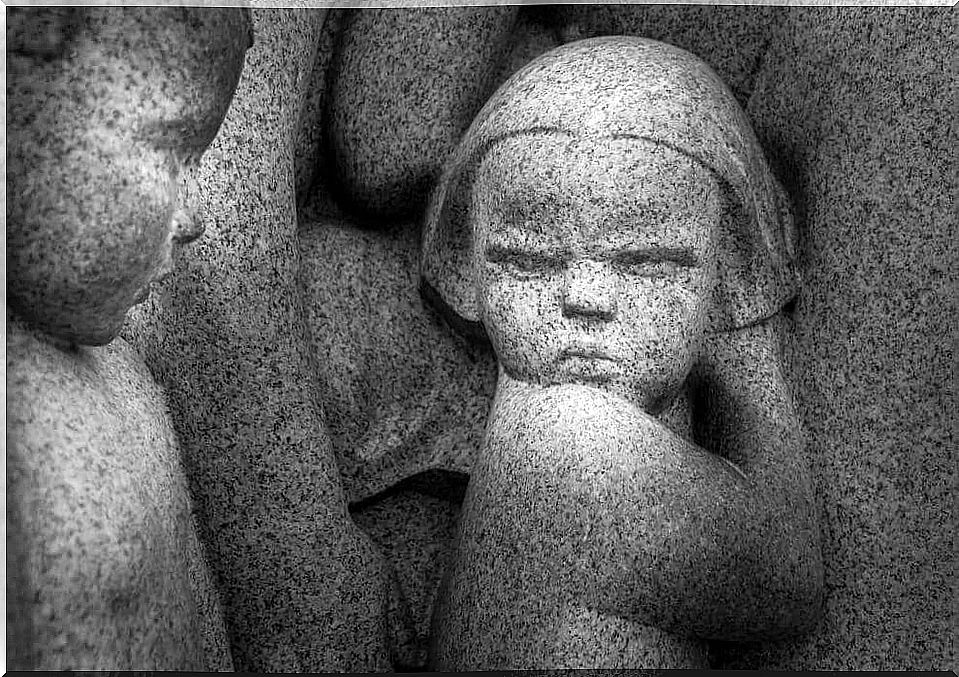
How ugly you get when you get angry! It is a phrase that we have heard so many times … even that we have been told or have ever said. The reverse is also popular in the early stages of falling in love, “If you’re pretty even when you get angry.” In both sentences, anger is associated with the undesirable, through the mutation that it produces in our face.
This association does not stop responding to that classic and social perception that classifies emotions into two groups. We talk about desirable emotions, such as joy or pride (in some cases), and undesirable ones, such as fear or anger. This is just another of the dualisms that we use, such as body and mind, heart or reason, introverted and extroverted, etc. Valid when we look at the world from afar, disabled when we get closer and begin to perceive nuances. Subtle yes, important too.
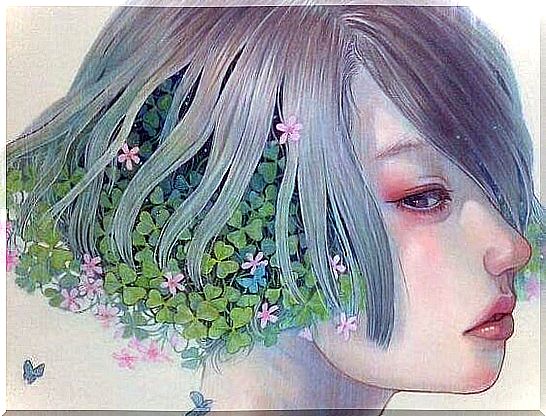
Emotions are not a makeup that can make you uglier when you get angry
However, within this message – understandable within the framework of its social tradition – there is a consequence that is directly confronted with the new conception of emotions, the one that is being built in psychology taking as a reference different studies. This paradigm proposes a suspension of the rejection or indifference that some emotions have received and that is perfectly exemplified by the popular phrase that denies the title of this article: “How ugly you get when you get angry!”
No boy or girl is more or less ugly when angry. In the first place, because beauty is a subjective quality that we do very well to enjoy (or suffer), but bad to impose or treat it as absolute. Beauty or ugliness always contains a value judgment that not infrequently we treat as if it were a fact, despising the opinions that others may have when they are different from ours.
But above a theoretical discussion about the concept of beauty, what is not true is that an emotion is ugly. This is the message at the bottom of the sentence and the one we intend to deny. An emotion always has a message, it wants to tell us something. The children too. That is why it is best that we help them to deepen their emotion, instead of encouraging them to throw it out as if it were an intruder who had sneaked into our house, a thief who wants to disturb our peace.
Thus, what the phrase says is that ” you do not want to identify with anger, just as you do not want to identify with ugliness. ” In this sense, anger is also associated with guilt, why do you keep yourself in a state that is not desirable (you get angry)? Why do you attack others with ugliness when you get angry? This is the moment when there is a dissociation between emotion and expression : the child retains anger because he has not learned to get rid of it, but inhibits his expression to “not be ugly.”
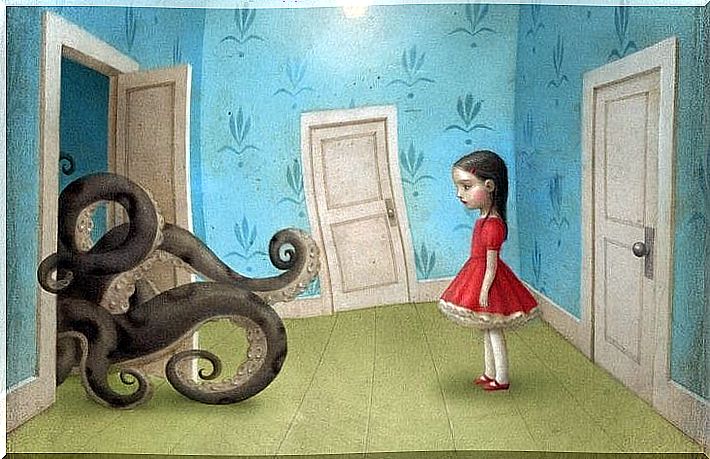
Emotions are not operated or ignored, they are heard
We cannot remove from our emotional world – as a surgeon does with a tumor – that part that we apparently do not like … and even less ask a child for it. What we can do is teach him to manage that anger, to decipher his message and to direct it. Even to share it in the most beneficial way for him.
Let’s think that anger is still a defensive emotion whose main purpose is to prevent the damage from being repeated. It contains the impulse to say to the other: “Listen, what you are doing is not liking me at all.”
Without anger, for example, much of our assertiveness would not exist. Because assertiveness is a complex task that needs energy and … where do you get it from? Well, mainly about emotions. Yes, from fear and anger. Those emotions that at the beginning we indicated as negative and that are part of us for a reason. Let us teach them that reason and do not encourage them to an emotional war that from the beginning they will have lost and of which the only victims will be themselves. A difficult task without a doubt, but of very handsome fruits.
